Vinci. Church of Santa Croce
2021
Of thirteenth-century origin, restored several times, it no longer retains the original structure. The neo-Renaissance style works carried out in the years 1925-1935 gave it its current appearance.
You may also like
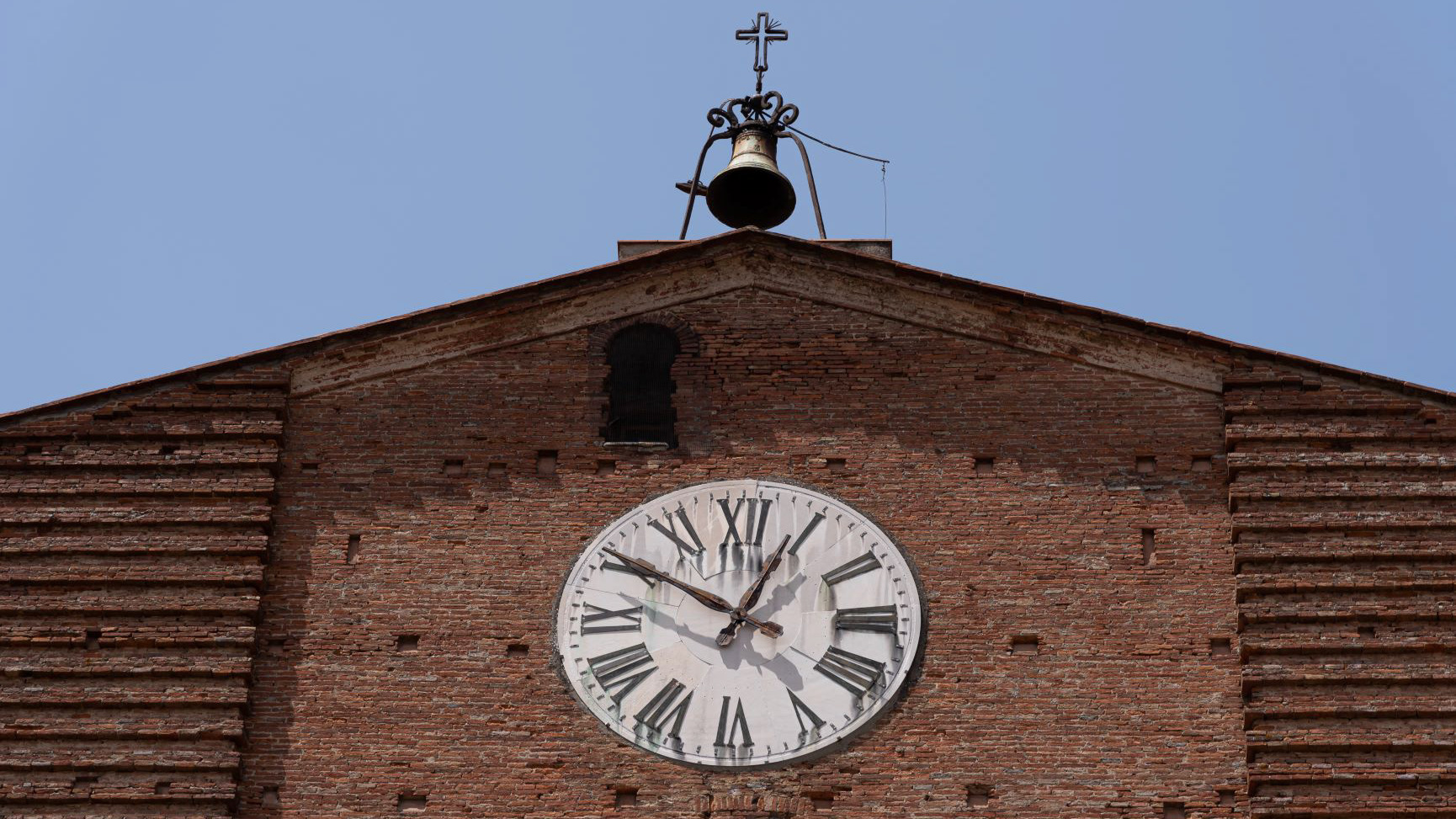
2021
Fucecchio, Collegiate Church of San G. Battista
Fucecchio, Collegiate Church of San Giovanni Battista. Named after San Giovanni Battista, it stands on today's Piazza Vittorio Veneto, on the site of the ancient parish church.
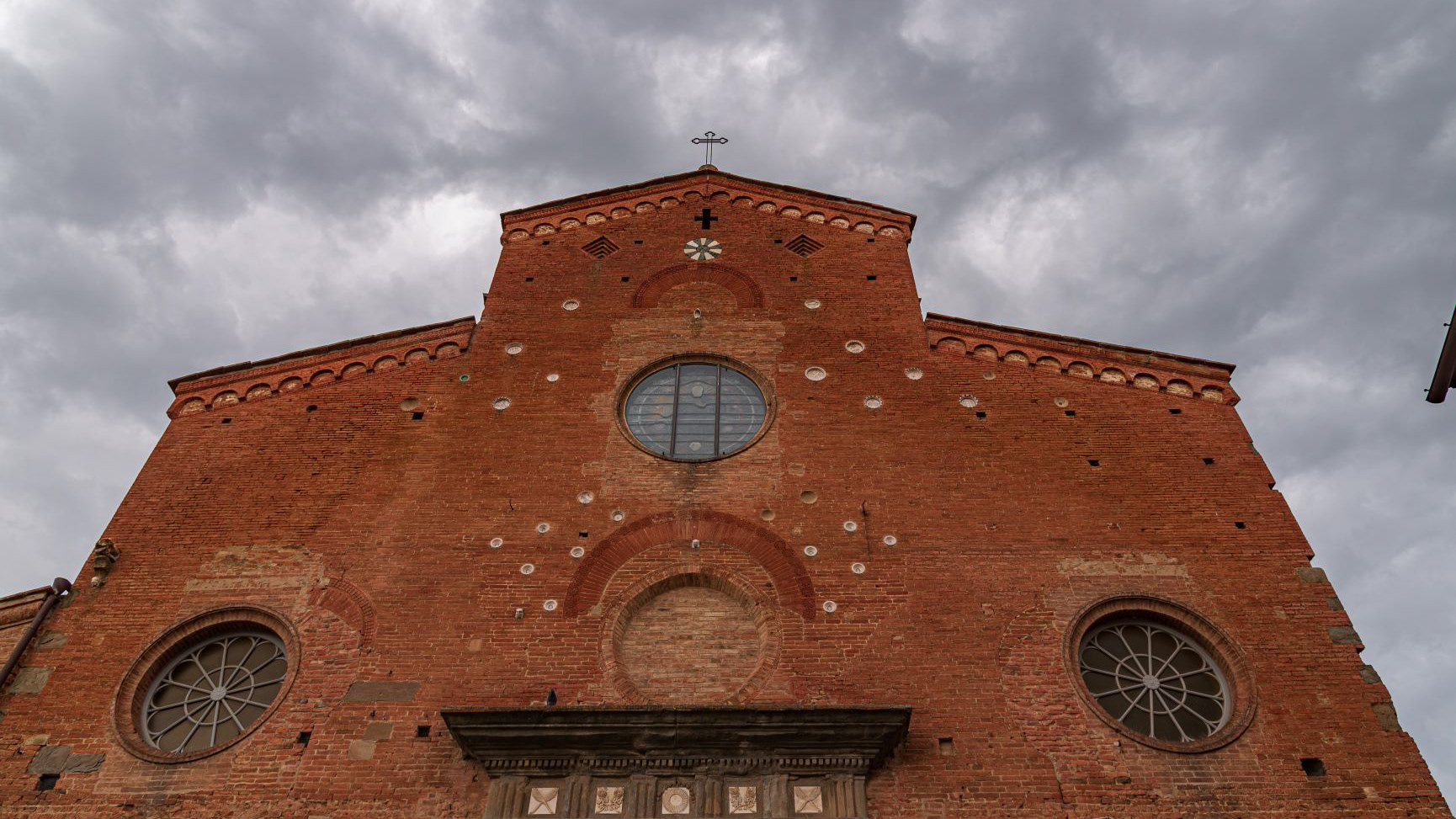
2021
San Miniato. The Cathedral of S. M. Assunta
The Cathedral of Santa Maria Assunta and San Genesio is the main Catholic place of worship in San Miniato, the mother church of the diocese of the same name.
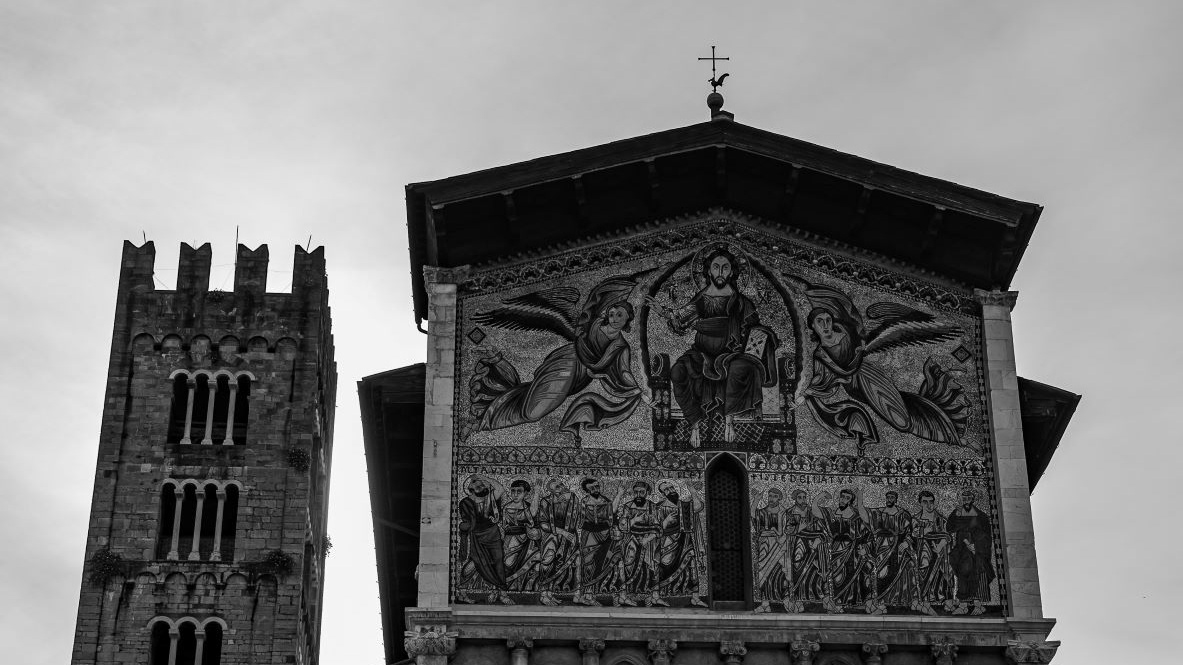
2021
Lucca, Tuscany. The basilica of San Frediano
The basilica of San Frediano is one of the oldest Catholic places of worship in Lucca, in Romanesque style, and is located in the homonymous square.
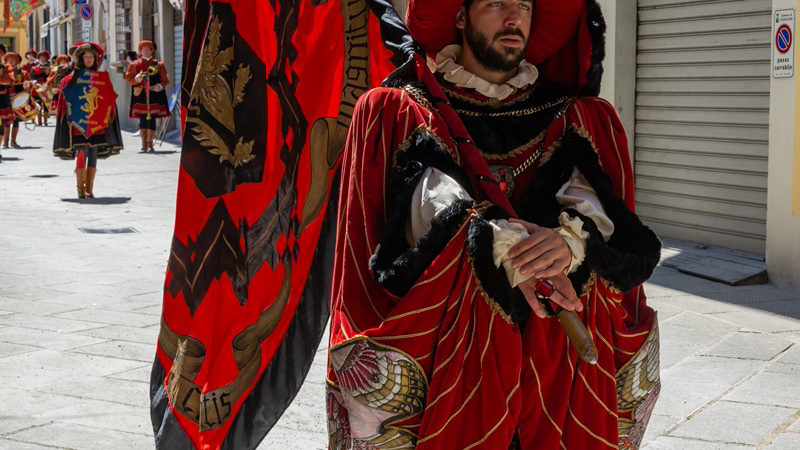
2018
Fucecchio, parade of the districts 2018
The Palio delle Contrade Città di Fucecchio, commonly known as the Palio di Fucecchio, is an event reminiscent of a contest held in Fucecchio around 1200. Originally called Palio della Lancia, it takes place on the penultimate Sunday of May (except for the edition of 2017). The race includes two heats and a final, on horses mounted bareback by jockeys. The last historical edition of which we have news from the local historical archives dates back to June 14, 1863. It was only from the eighties that the carousel came back to life with regularity. The forerunner of the modern Palio was the "Fratres blood donors group", which in 1980 organized a pony race to promote blood donation. From the following year it was decided to organize a real Palio delle Contrade, with horses mounted in saddles. After an initial presence of sixteen districts, the number definitively dropped to the current twelve. From 1987 the saddle was abandoned, and the horses were mounted bareback. Since 1995, the FRATRES blood donors group left the Palio in the hands of the municipal administration, as it has grown a lot compared to how it was born. The event takes place inside the "ex quarry of Andrea" commonly called "La buca" by the locals: a natural racecourse suitable for horse racing. The land of the "hole" has been trodden by the strongest Italian jockeys: from Aceto to Cianchino, from Pesse to Trecciolino passing through other important jockeys such as Massimino II, Il Bufera, Bucefalo, Bastiano up to the youngest promises such as Gingillo, Lo Zedde , Bighino, Sgaibarre, Velvet, Tittia, Vittorio.
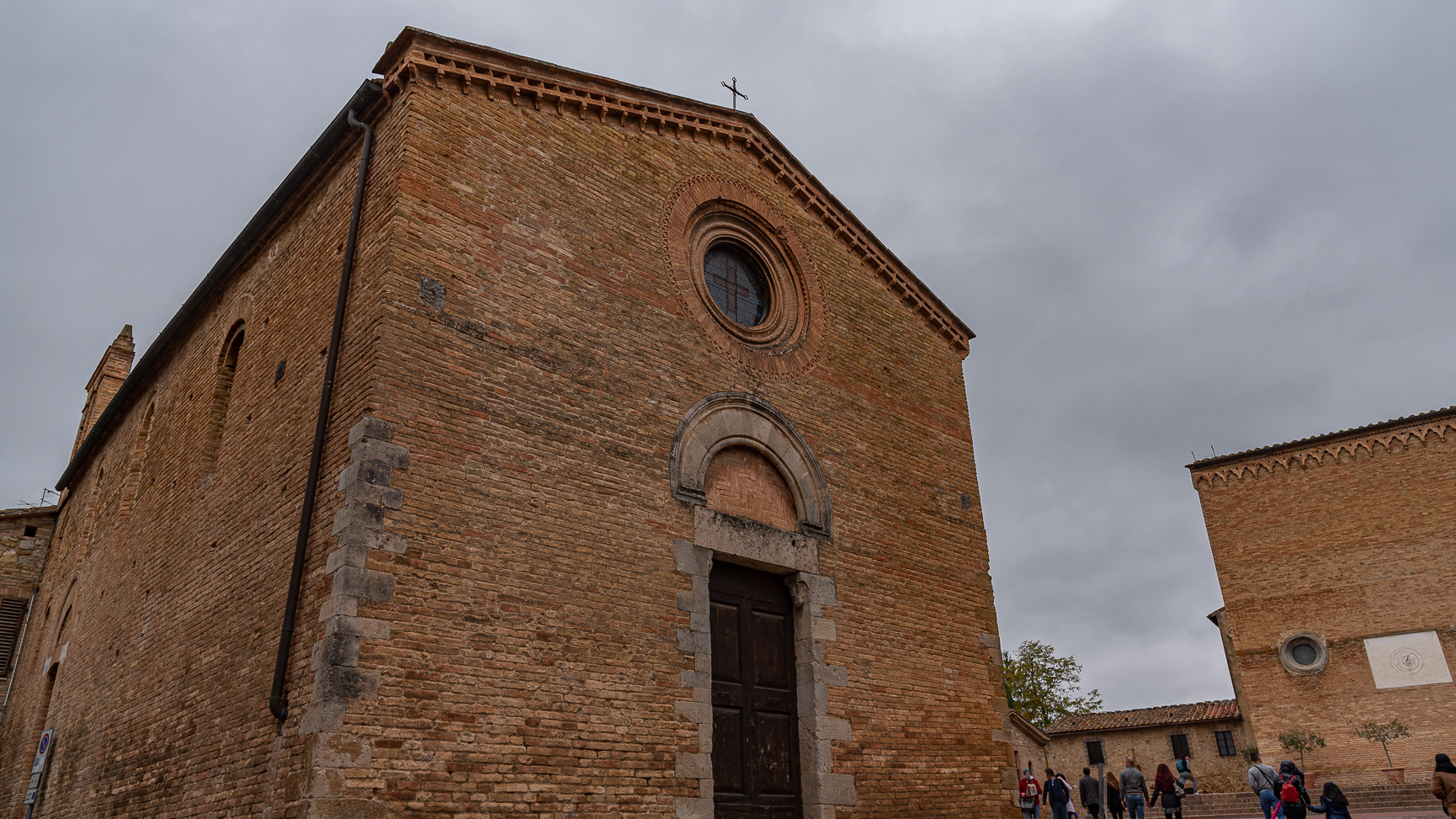
2021
San Gimignano. The church of San Pietro in Forliano
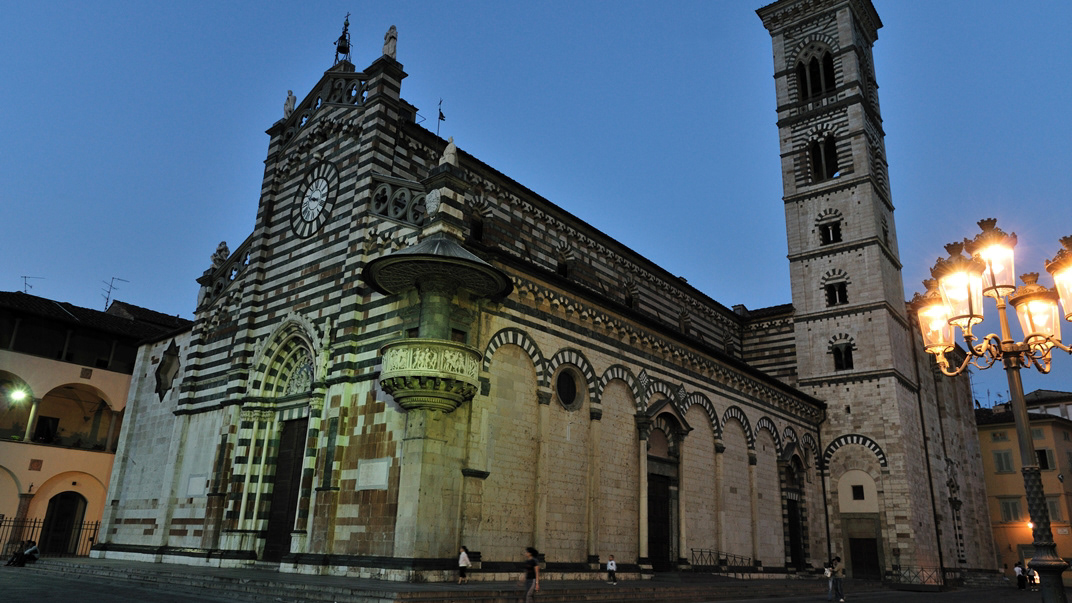
2008
Prato, the Cathedral
The church, with three naves, is built in white and green marble. It most likely dates back to the 6th century. It is one of the most important examples of religious architecture between the twelfth and fifteenth centuries in the region, with an elegant passage inside it between the large Romanesque-Lombard arches and the impetus of Gothic in the transept, most likely designed by the famous Giovanni Pisano , which inside will create a wooden crucifix and his last masterpiece, the Madonna della Cintola, in 1317. The relic of the sacred Cintola is kept there. The most important works are the external pulpit (built by Michelozzo and decorated by Donatello), the internal pulpit by Mino da Fiesole and Antonio Rossellino from 1472, the Madonna dell'Ulivo, the only work created together by the famous brothers Da Maiano, Giovanni, Benedetto and Giuliano. In the transept instead there are the frescoes by Filippo Lippi (in the Cappella Maggiore), one of the greatest expressions of the Italian Renaissance, the frescoes by Paolo Uccello (in the Cappella dell'Assunta), and by Agnolo Gaddi (in the Chapel of the sacred Cintola), all interior of a bronze gate made by some of the most important goldsmiths of the fifteenth century.
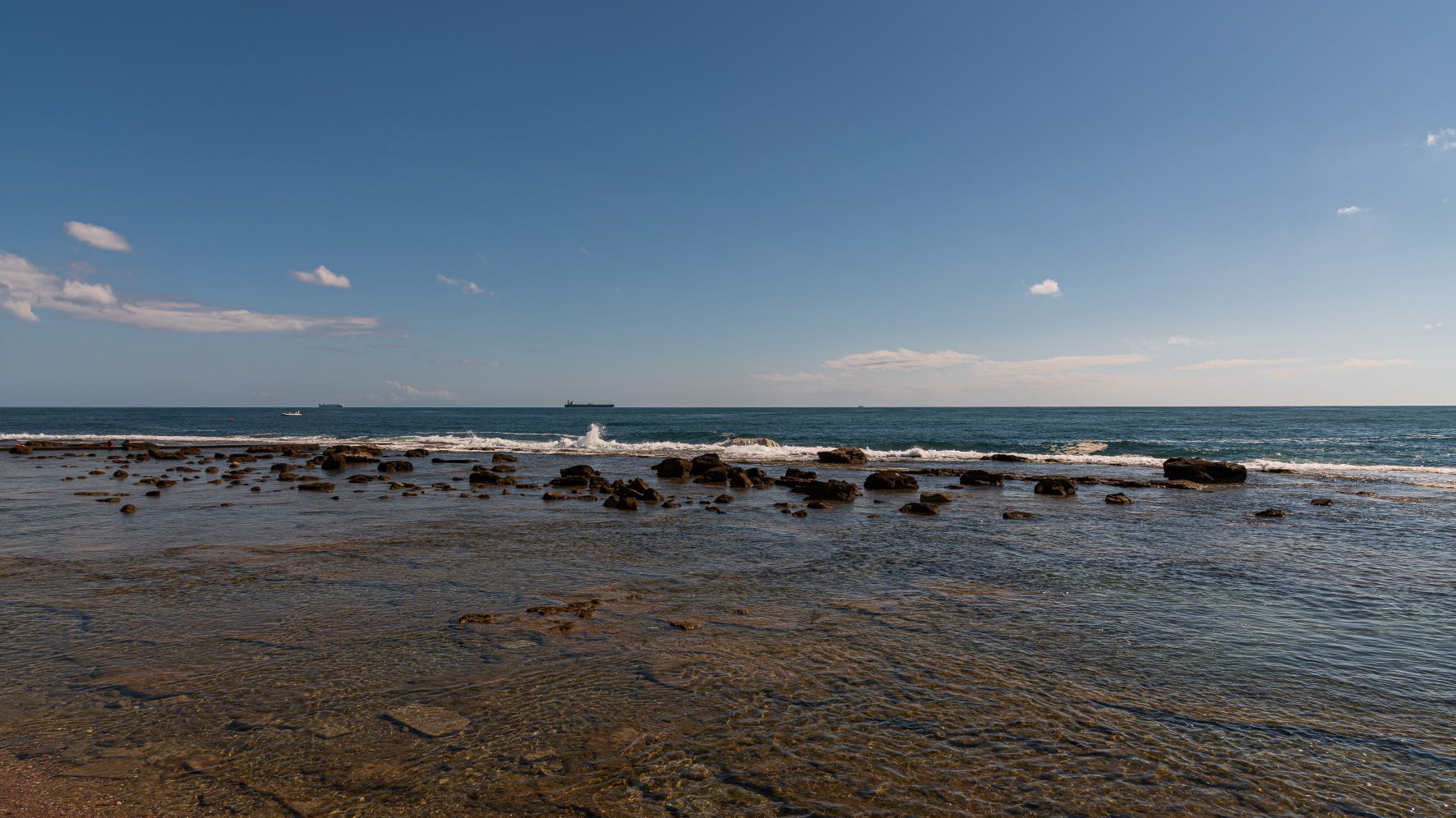
2021
Livorno
Livorno, Tuscany. The Livorno seafront. The Ligurian sea as seen from Terrazza Mascagni
The Livorno seafront is a promenade that winds for several kilometers along the coast of the Ligurian Sea, starting from the port area and ideally ending in the coastal stretch of the Romito.
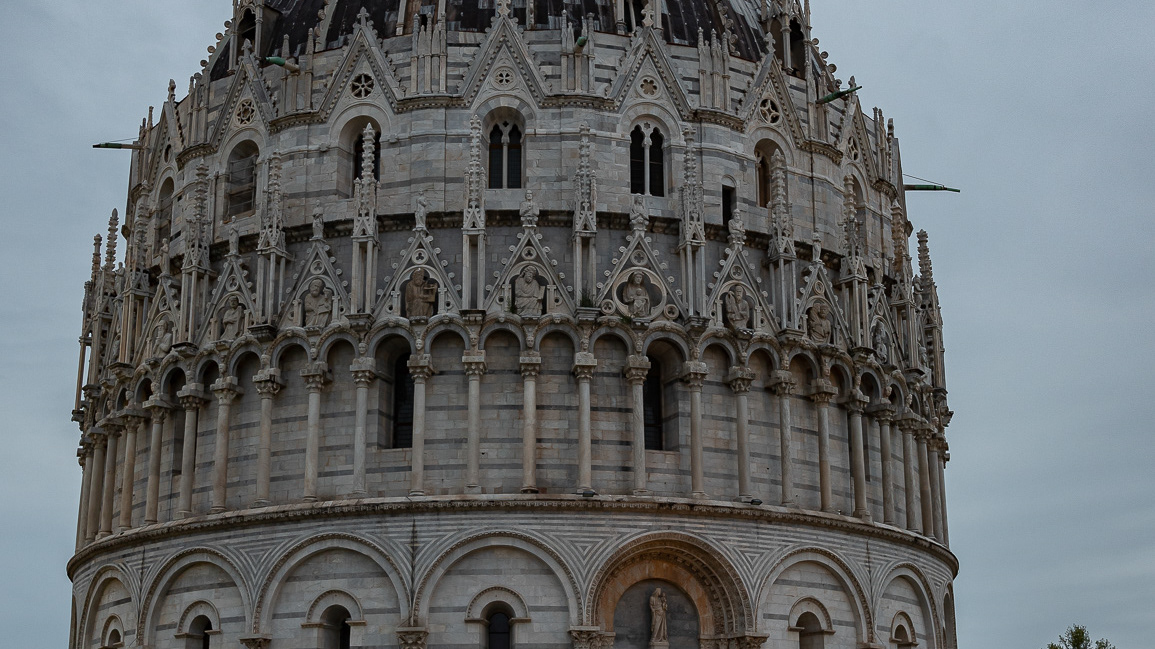
2021
Pisa, The baptistery of San Giovanni
the baptistery of San Giovanni is one of the monuments in the Piazza dei Miracoli, in Pisa; it rises in front of the western facade of the cathedral of Santa Maria Assunta, south of the monumental cemetery. It is the largest baptistery in Italy, and also in the world: its circumference measures 107.24 m, while the width of the masonry at the base is 263 cm (2 meters and 63 cm), for a height of 54 meters and 86 centimeters. The construction of the building began in the mid-twelfth century: "1153 mense Augusti fundata fuit haec ...", or "In the month of August 1153 it was founded ..." (1153 in the Pisan calendar corresponds to 1152). It replaces an earlier, smaller baptistery which was located north-east of the Cathedral, where the Camposanto is now located. It was built in Romanesque style by an architect who signed himself «Diotisalvi magister…» in a pillar inside the building. Later Nicola and Giovanni Pisano were also foremen of the yard, as well as Cellino di Nese. In the nineteenth century, at the same time as a renewal that affected the entire Piazza del Duomo and its monuments, the baptistery was subject to a radical restoration by the architect Alessandro Gherardesca, with interventions that led to the reconstruction of some portals and a large part of the decorative apparatus. Despite the denunciations of some intellectuals and prominent personalities of the Pisan culture of the time, such as Carlo Lasinio, the works, directed by the master builder Giovanni Storni, led to the removal of numerous sculptures by Nicola and Giovanni Pisano. The statues, placed at the top of the first order above and inside the vimpergas, were replaced with works that did not imitate the medieval taste, while the original sculptures were almost all lost except for those now exhibited at the Museo dell'Opera del Duomo. The intervention should have also extended inside, with the creation of frescoes in the central basin, but the project was not concretized and was essentially limited to the removal of non-medieval furnishings and the installation of new windows.
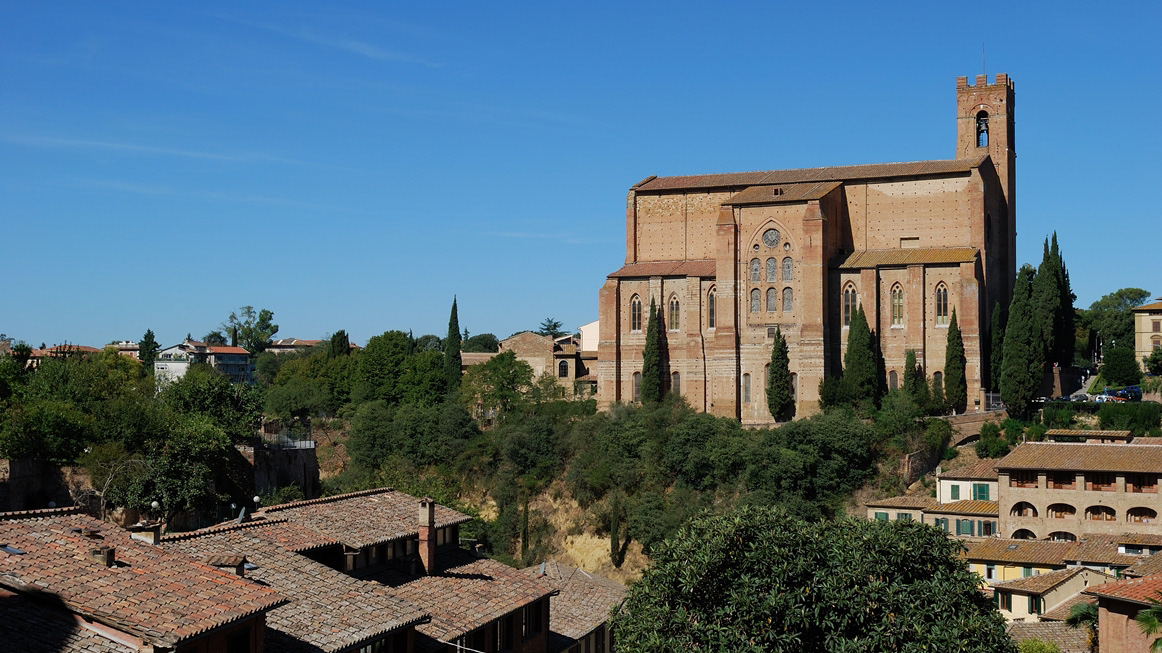
2007
Siena
Siena is an Italian town of 53 818 inhabitants, the capital of the province of the same name in Tuscany. The city is universally known for its huge historical, artistic and landscape heritage and for its substantial stylistic unity of medieval urban furniture, as well as for the famous Palio. In 1995 its historic center was included in the UNESCO World Heritage Site. The city is home to the Banca Monte dei Paschi di Siena, founded in 1472 and therefore the oldest bank in business as well as the longest-running in the world.
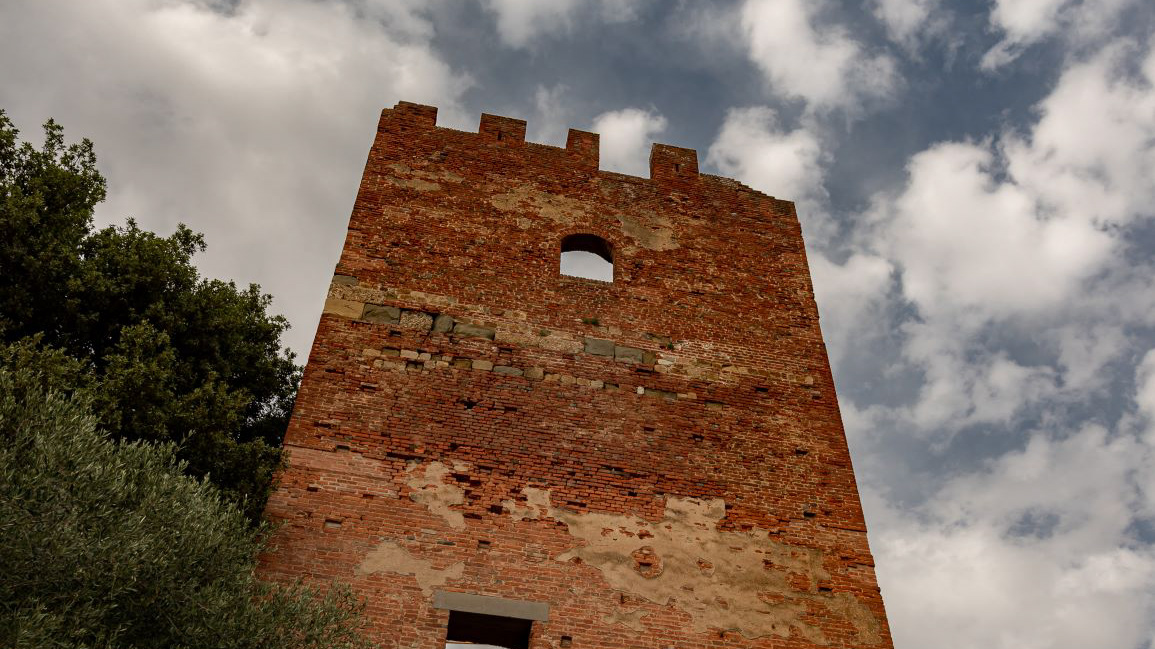
2021
Fucecchio, Tuscany. Corsini Park. The fortified towers.
Fucecchio. Corsini Park. The fortified towers. Dominated by the majesty of the "Torre grossa", the park is home to the high "Middle Tower" and the smaller "Pagliaiola".
